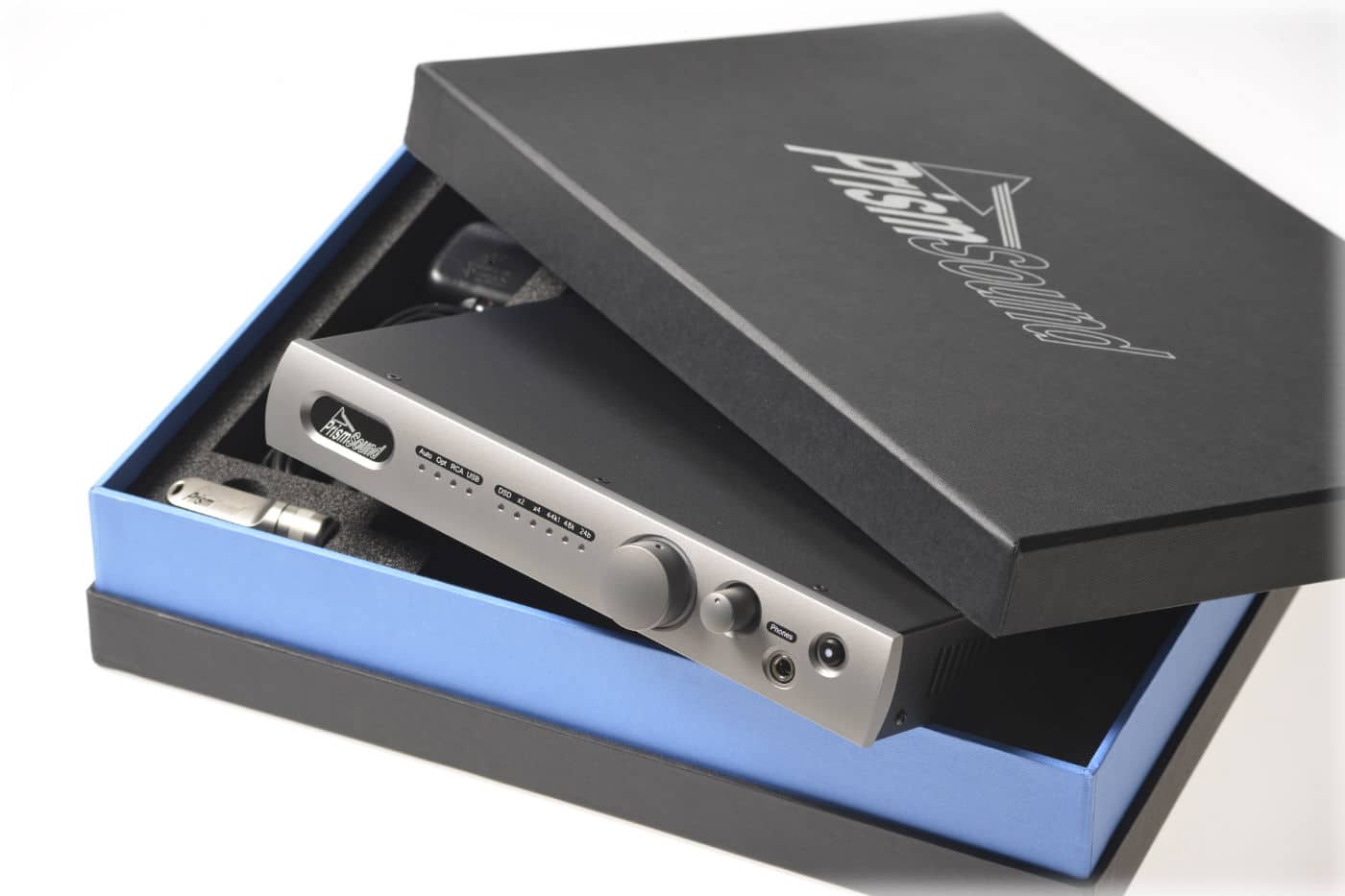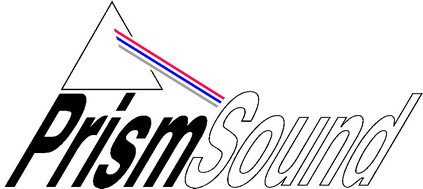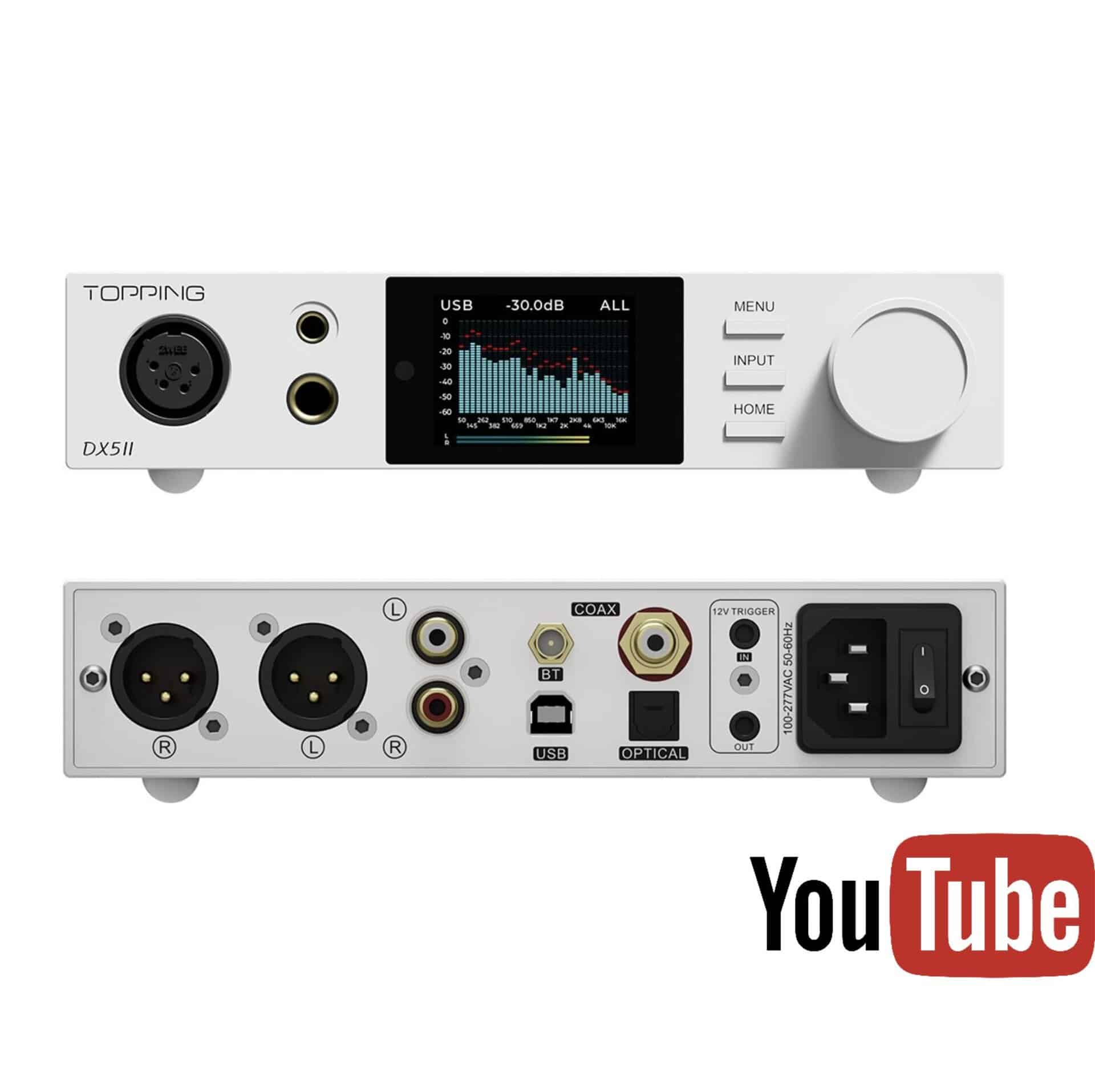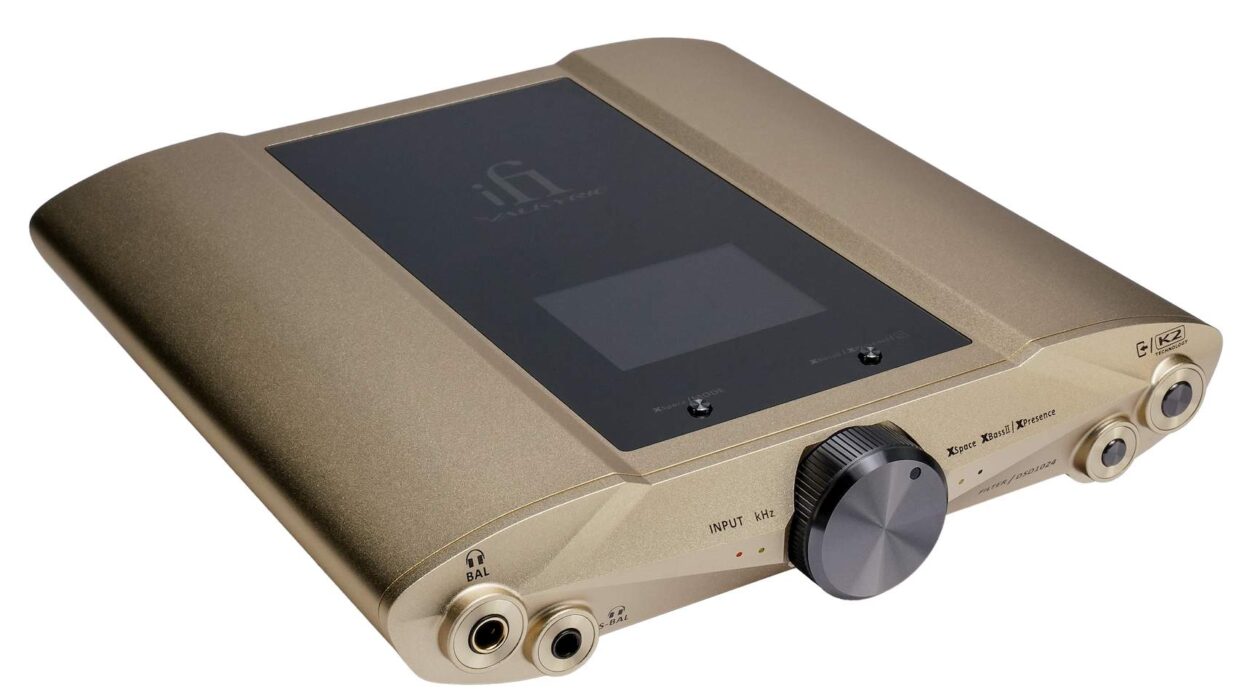The Article
Prism Callia DAC: From the Studio to your listening room
17th December 2016

Although the company normally lives in the studio and testing environments, Prism has paid a visit to the consumer sector as Paul Rigby reviews the Callia USB Audiophile DAC And Pre-Amplifier
I’m noticing that more and more studio-based hardware outfits are making the move to the consumer sector. Are they being pushed due to increasing competition or a lack of money swilling around this sector or has the consumer sector grown to become an attractive proposition?
Whatever is the reason, there have been a range of intriguing hardware designs emanating from this Pro area. Prism is but the latest and its Callia, powered by an ARM Cortex CPU and Prism-developed reclocking kit, offers a neat, low key yet busy box.
The chassis sports a Class 2.0 Audio USB type B input (supporting DSD up to DSD128 and PCM up to 384kHz) plus RCA and Toslink S/PDIF (supporting up to 192kHz and DSD64). The RCA input can still be used as a Pro input because it handles AES3-ID. The sample frequency selection, along with the selected source, is seen illuminated on the front chassis.
Also acting as a digital preamp, the Callia still offers variable output controlled single-ended RCA and balanced XLR stereo outputs. Fixed output is a secondary option.
The full-size headphone socket connects to an internal headphone amp which is, in turn, controlled by rear-mounted impedance, DIP switches offering few options such as under 32, 32-50 and more than 50 Ohms. Another LED-lit volume control handles the headphones only.
Look out for the included USB stick featuring a PDF of the manual plus, usefully, any required Windows drivers.
Solidly packaged in a sturdy presentation box and spanning 285×50×242mm, the Callia weighs in at 2.1kg.
SOUND QUALITY
I began the sound tests with Earth, Wind & Fire’s Let’s Groove on CD. The Leema CD player took over the transport role and I plugged it to the Prism via my Tellurium Q digital cable. The mastering on this CD has been done with added compression but I was happy to see that the Prism brought a sense of real maturity and grandeur to the presentation of the track which meant that it offered both a rich blend of insightful midrange frequencies but also an authority that oozed control. You never felt that the included frequencies were every going to ‘get away’ from the DAC and cause unexpected issues.
Returning to the point about insight, I was impressed how the Prism took a sound and stretched it enough for you to see in the middle of it. By that, I mean that, with every synth run, every vocal excerpt, every blast of brass or percussion piece, there was more information on offer, more gradation, more shade and a greater degree of sensitivity on how that information was presented. The insight enabled you to hear more, basically. Frankly, the music, compared to any DACs out there of a similar price, was just more interesting to listen to.
The Prism was especially fascinating in how it could alert the ear to subtle, low key instruments in the mix but it did so without the negative methods that are often used to do that same job. Cheaper and nastier hardware alerts the ear to shy noises by ramping up the upper midrange brightness, honing detail but turning the high end into a clinical, ear piecing sonic knife. The Prism achieved the same result but did so by opening up a range of frequencies to reveal what was underneath. That is, the clarity of the piece was enhanced so that more air and apace unearthed the rhythm tracks from a guitar and a background synth, adding new layers to the song.
I then connected my MacBook, featuring a SSD drive and played the 24bit/96kHz version of Sonny Rollins’ St. Thomas. One of the great skills of Rollins is his ability to talk to you through his sax. It’s almost like he opens his mouth and sax noises appear and he engages you in conversation, thusly. That sense of a sonic dialogue was presented here, via the Prism. Rollins own breathing, a part of the performance itself, was ‘visible’, adding to the rhythms and the sonic inventions that formed the heart of the track. The Prism’s own sense of clarity was the big enabler here. This clarity also helped the rainbow effect of percussive colours that came from the early drum solo that used the full range of drums and thus drum tones plus effective treble from the cymbals. Finally, the piano which is notorious on the track for being rather dull or, at best, veiled, was near and open via the Prism. The piano was not a knockout insert in this track but the sheer fact that it didn’t skulk in the corner was a major plus for the Prism.
I finally turned to my Astell & Kern AK120 and played Bob Marley’s I Shot The Sheriff at 24bit/96kHz which offered a bass-centric reggae beat yet never threatened to veil the upper mids which held the organ detail and the rhythm guitar. The soundstage was both ordered and neutral in that the DAC allowed all aspects of the arrangement to have a fair crack of the whip. This sonic integrity of the DAC, in fact, allowed the music to present a sort of unvarnished truth but, at the same time, never imposed a secondary signature upon it. For any DAC, you can ask no more than that.
Finally, the headphone amp was very good indeed, I have heard a few independent lower cost, specialist head amps that I prefer, I have to say but, as a freebie, this was an excellent addition and will satisfy many users, I’m sure. The soundstage was slightly constricted while bass was a touch on the sharp side but there was plenty to like as this head amp remained detailed and insightful within the midrange.
CONCLUSION
A fully featured, well designed, robust and easy to use DAC, the Prism Callia is a simple device, in essence. It picks up the music and hands it onto you on a sonic plate. It offers a neutral presentation but, at the same time, works hard to provide as much information about the music itself as possible. That the Callia can provide a sincere and direct connection to your music means that you learn more about the music itself, the quality of the recording, the instruments and the people playing them, the studio set up and the mastering quality. The Callia allows you to turn on, tune in and drop your jaw…in admiration.
CALLIA USB AUDIOPHILE DAC AND PRE-AMPLIFIER
Price: £1,795
Tel: 01353 648 888
Web: www.prismsound.com
For full specifications, click HERE
GOOD: revealing midrange, clarity, transparency, neutral character
BAD: nothing
RATING: 9
REFERENCE SYSTEM USED
Leema Essentials CD player
Benchmark DAC2 HGC
Astell & Kern AK120
Aesthetix Calypso pre-amp
Icon Audio MB 845 Mk.II monoblocks
Icon Audio HP8 Mk.II [Update] headphone amplifier
Quad ESL-57 speakers with One Thing mods
Sennhesier HD800 headphones
Vertex AQ, Kimber, Tellerium AQ & Atlas cabling






